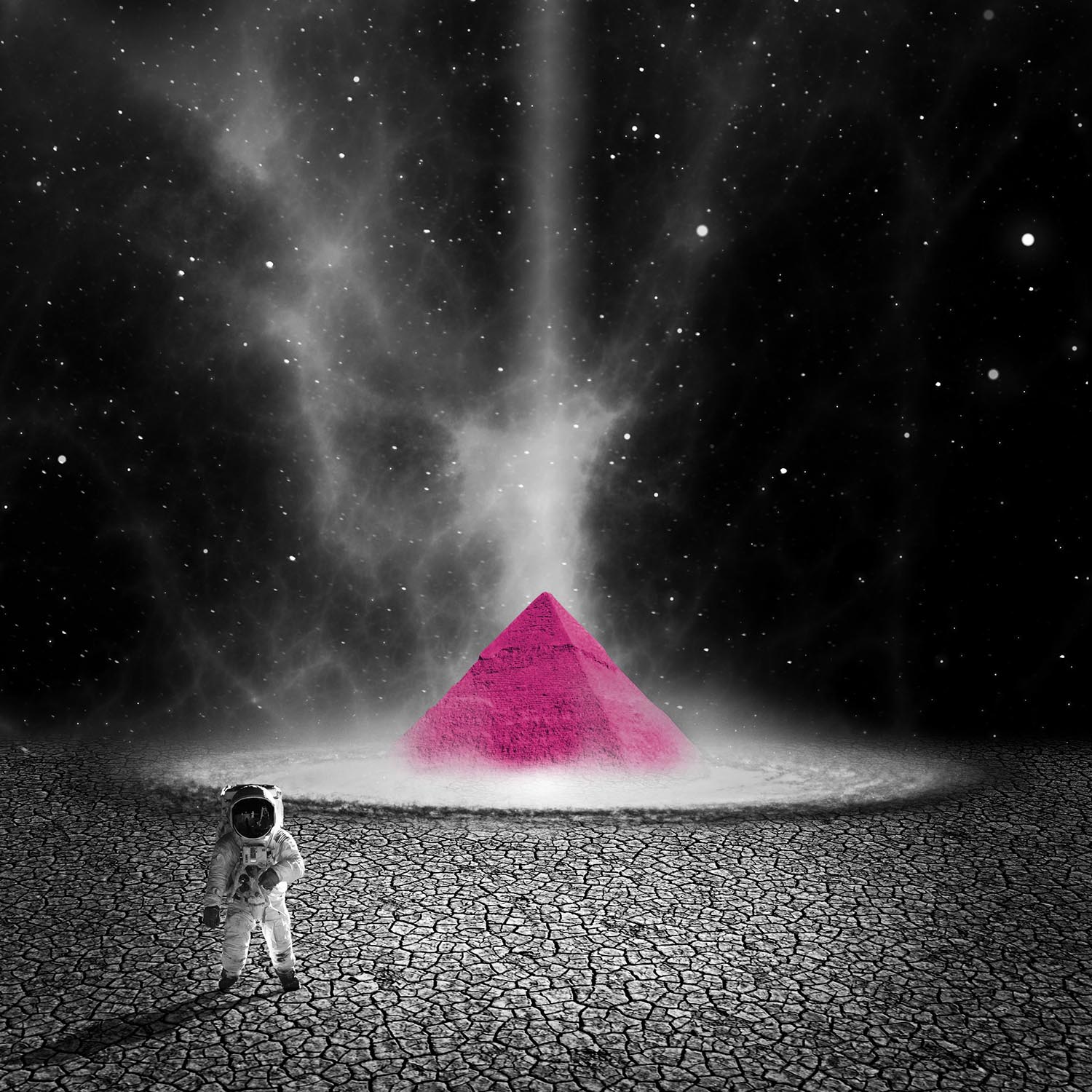
A group of astronomers have found two mysterious, distant objects in space that could be the much sought after Planet X that has eluded astronomers. The space probe ALMA has spotted the most distant objects of our solar system, and it’s one of the most exciting finds of the year.

ALMA Spots New Planet X
ALMA, which stands for Atacama Large Millimeter/Submillimeter Array is a telescope in the high desert of Chile. The team that looks through that lens for work came across two mysterious objects that were great in size, drifting through the edge of our solar system. A series of studies were conducted upon their discovery, all based on what little could be observed by the ALMA telescope.
But not everyone believes the discovery is as ground-breaking as it’s cut out to be. A large part of the astronomy community is viewing the news as a possible set up, and skepticism is thick in the air. The research, which has been live for two days, has been facing mixed criticism, but that is precisely the team’s intention.
Researchers Say They Want to Be Challenged
The team behind the studies have revealed that they’re looking to find the members of the astronomy community to find things they may have overlooked. This is why they’ve published their observations despite the fact that the data is vague and probably too fresh to be already revealed as ground-breaking.
What the Data Actually Revealed
The study showcases an object about the size of Ireland, drifting in space around Uranus. One side of the argument says that it could be an undiscovered planet way beyond Uranus, while others suggest that it’s a brown-dwarf planet. A brown-dwarf planet is an object that is too big to be considered a planet, but too small to be considered a star, passing through regular interstellar space.
The second object is closer to the alpha centauri system, and this find is much closer to being considered a Super-Earth planet that’s farther away from the Sun than even Pluto. A secondary theory suggests that it could be a super-cool brown-dwarf planet that’s at an unmeasurable distance away from the farthest object discovered yet. A third hypothesis suggests that this object is a cold trans Neptunian object, but this is the least likely scenario. The most popular belief is that this is the fabled Planet X the astronomy community has theorized for years.

However, The Research Just Reveals the Finding of Two Small Spots in Space, Not Planet X
Planet X is a legend, though one that is taken very seriously by the community. The mere idea of one more planet in the solar system is plausible, and many have gone after it to find it. Sadly, the wild search has resulted in a lot of false hopes and ungrounded discoveries. That’s why a large part of the community is so skeptical about the latest pair of studies.
Astronomy Community After Planet X Could Become the Boy Who Cried Wolf
The biggest concern for the astronomy community now is finding the fabled Planet X and suffering a response similar to ‘the boy who cried wolf’. The abundance of these ungrounded finds decrease the legitimacy of all future research, and it dissuades interest in the discovery from the public and within the community itself. They may otherwise be interested in other subjects in regards to space, like the recent data revelation regarding Saturn’s moon Titan, whose color modified landscape is oddly reminiscent of Earth.
Regardless, interest in one more planet in our solar system still holds a never-ending flame of interest. Patience is a virtue when it comes to scientific discoveries in space, and that should also be the key to find anything in our solar system that we haven’t yet seen.
In Other News, NASA Sheds Light on Dark Matter and Saturn’s Moon Titan
Earlier this week, the astronomy community brought to light new studies regarding dark matter and the formation/development of the great super massive black hole in the center of our galaxy. In addition, the agency released some amazing pictures of Saturn’s moon Titan, painted to look almost like Earth. Turns out, the satellite shares a lot of things with Earth, though it’s still not habitable.

















